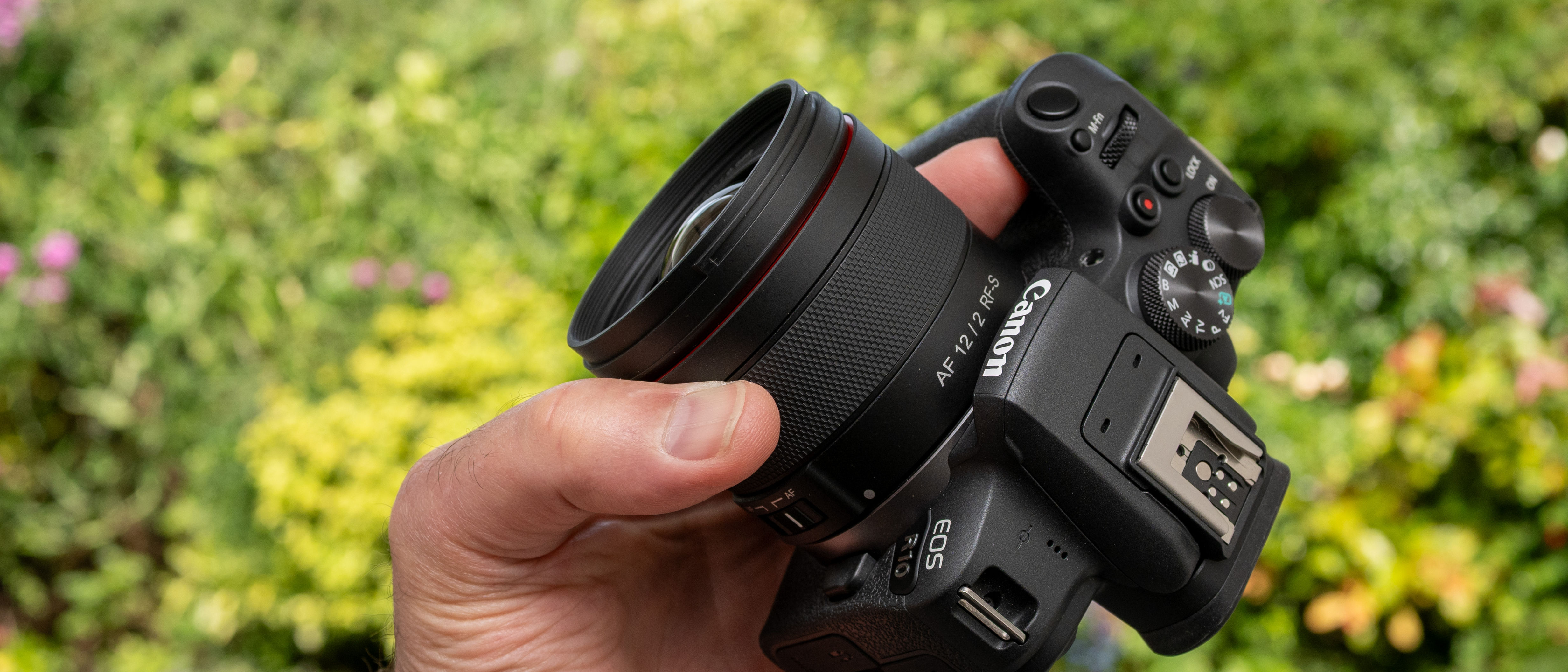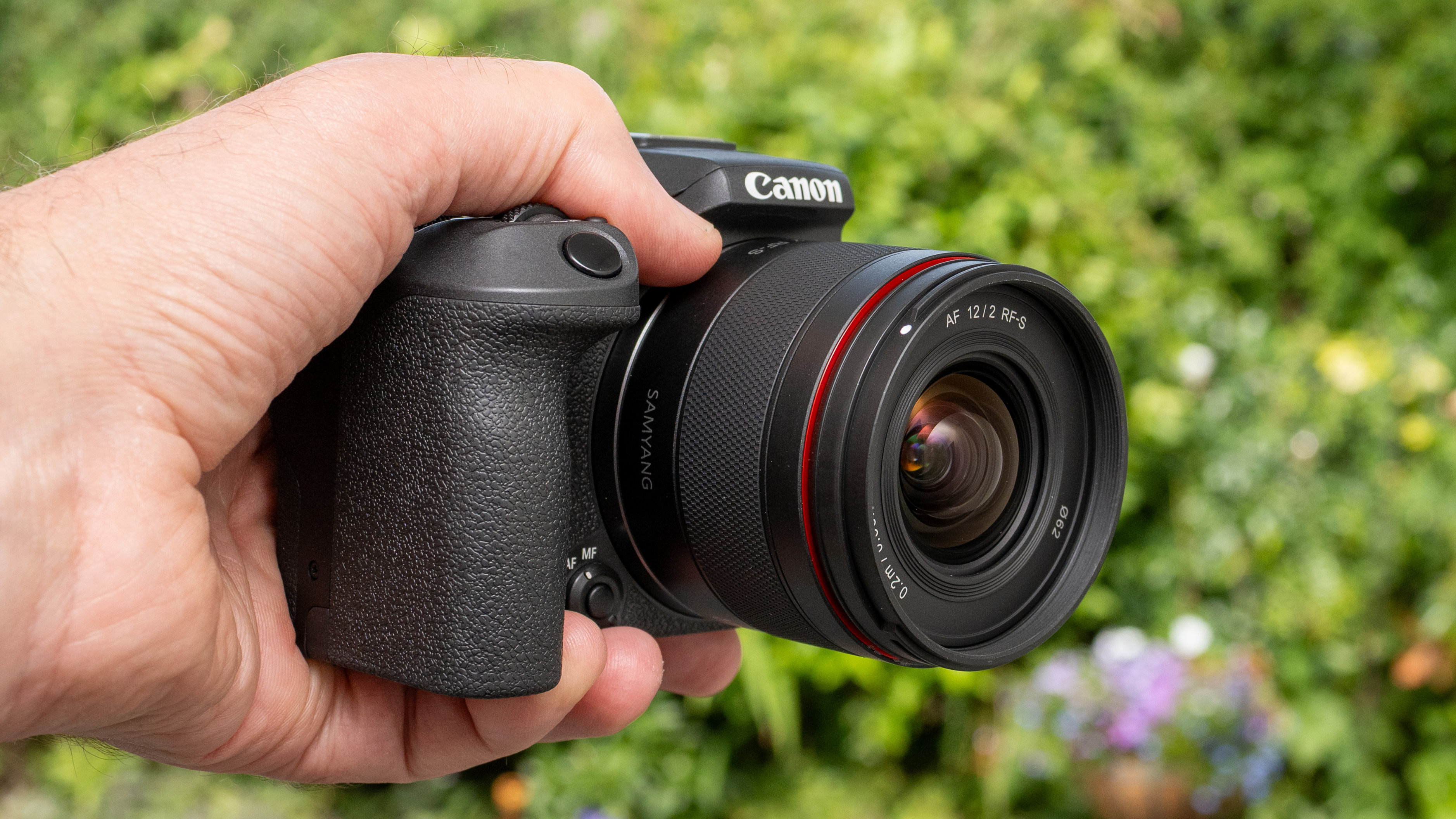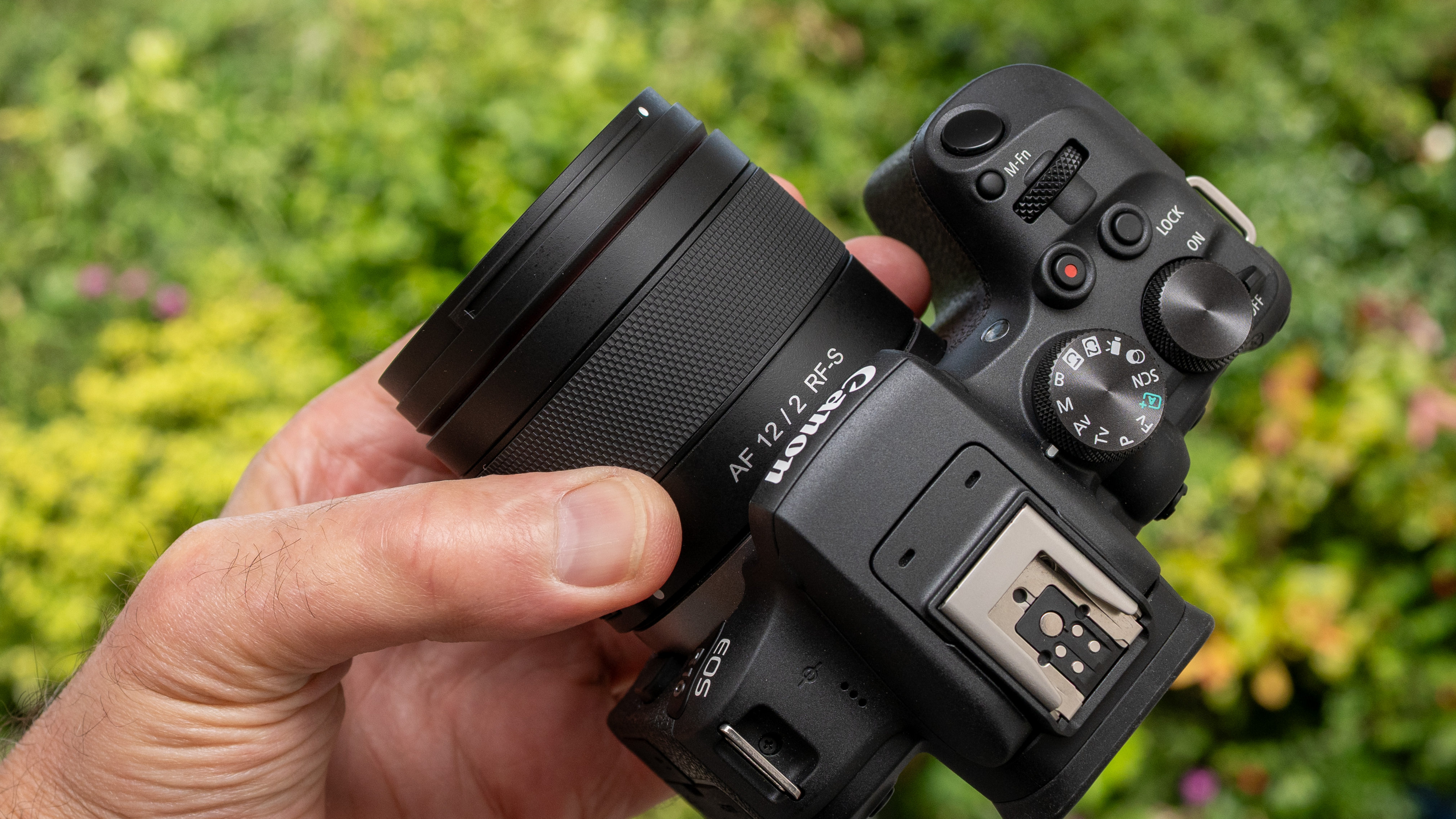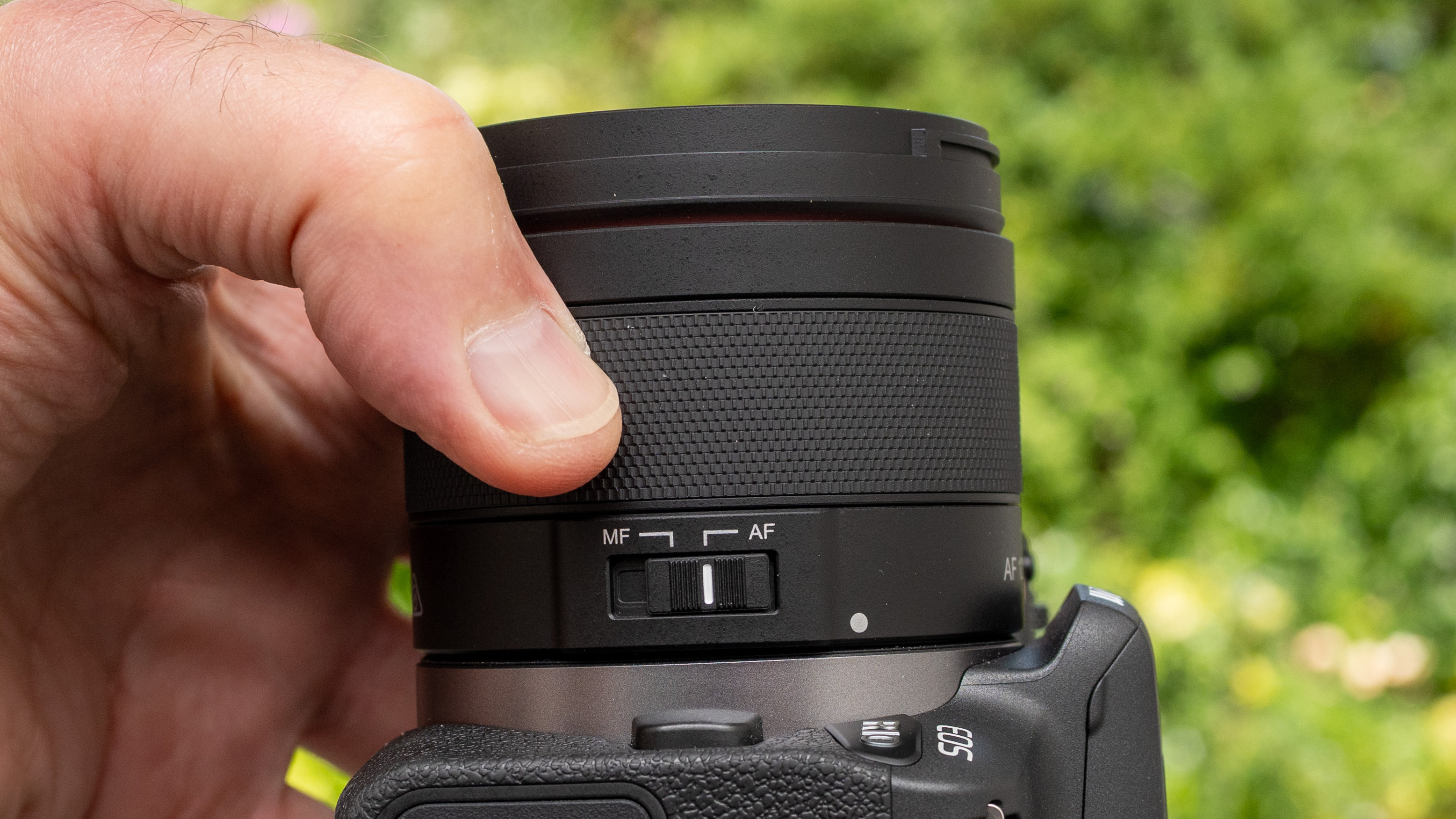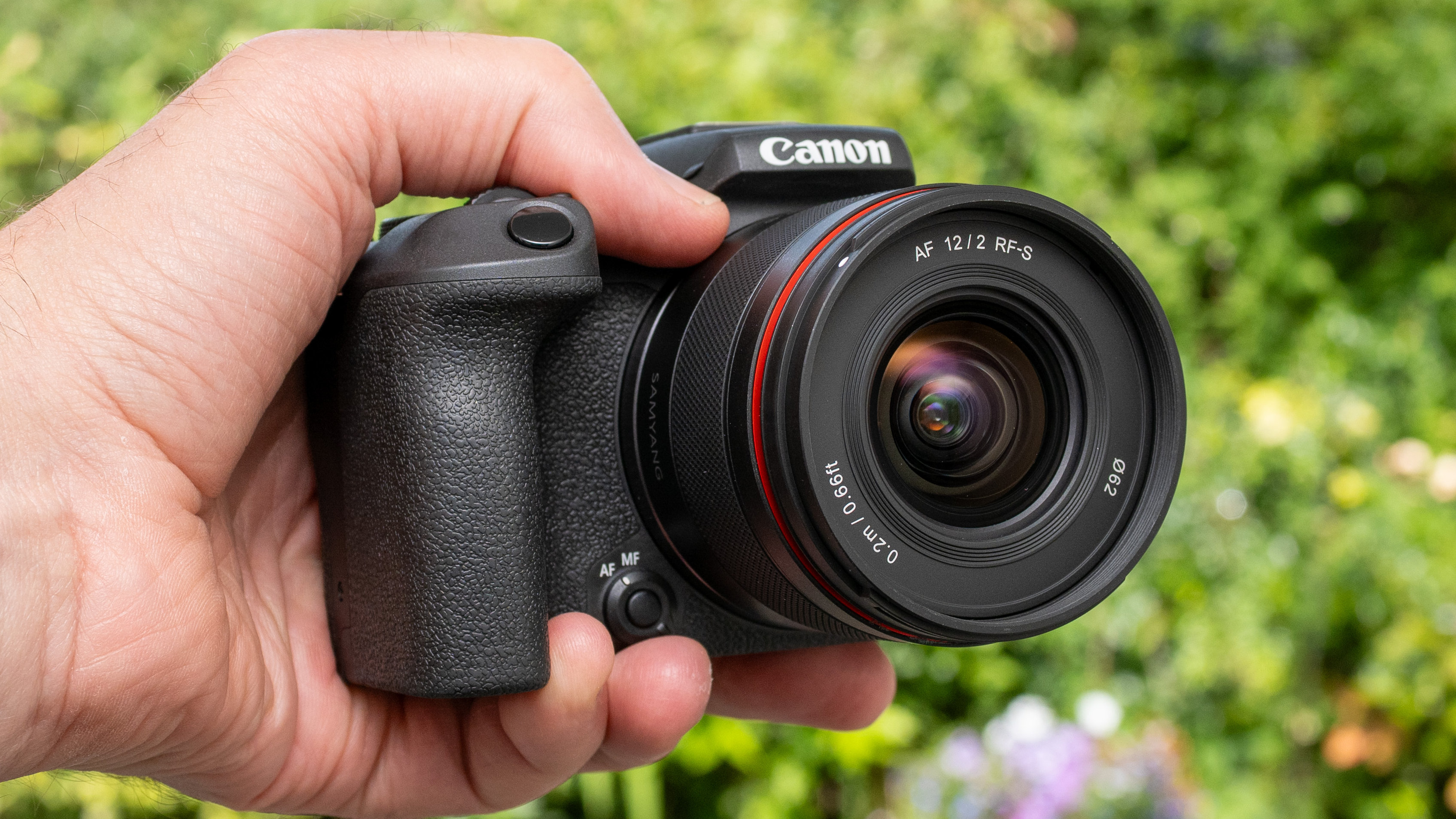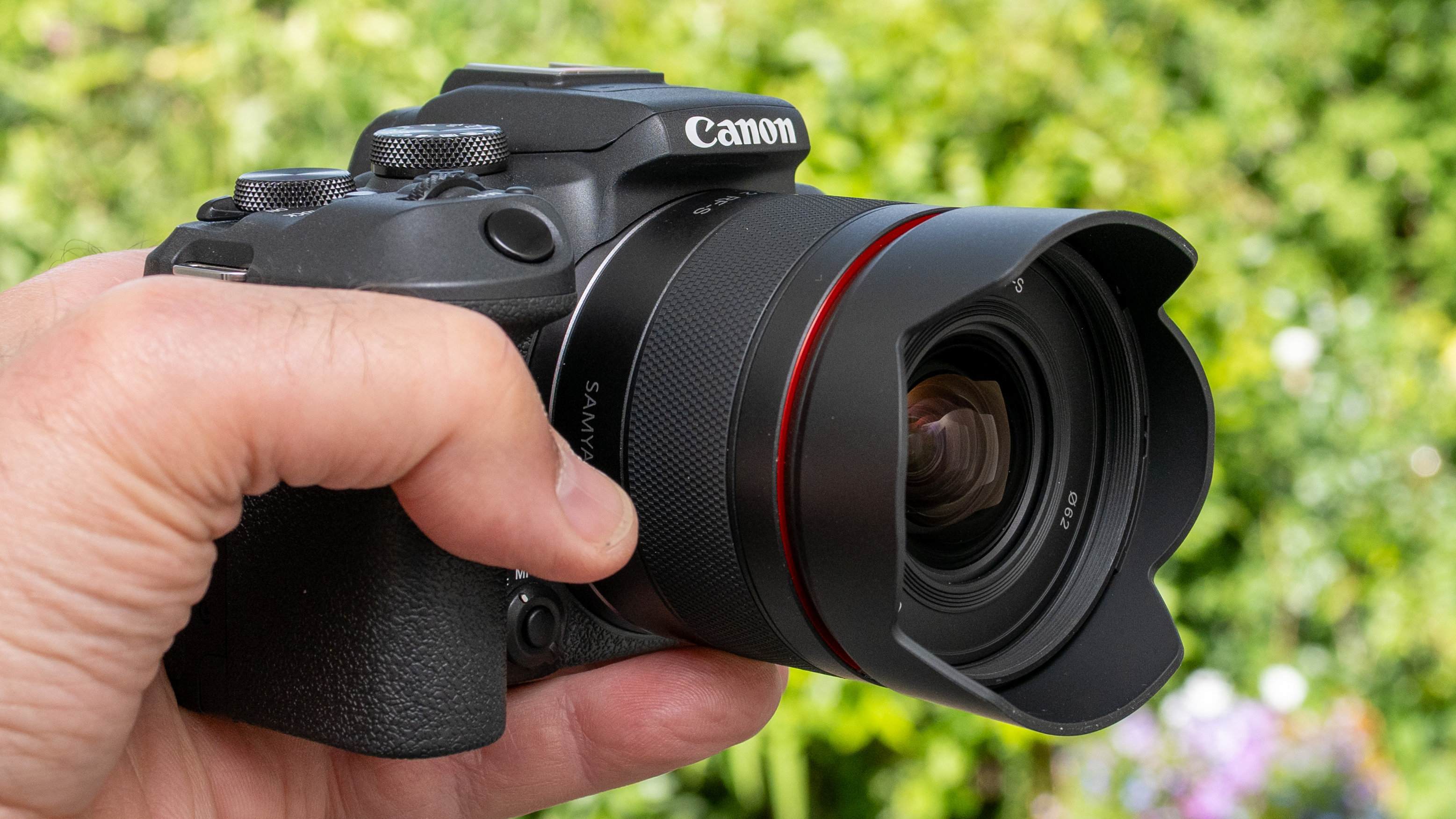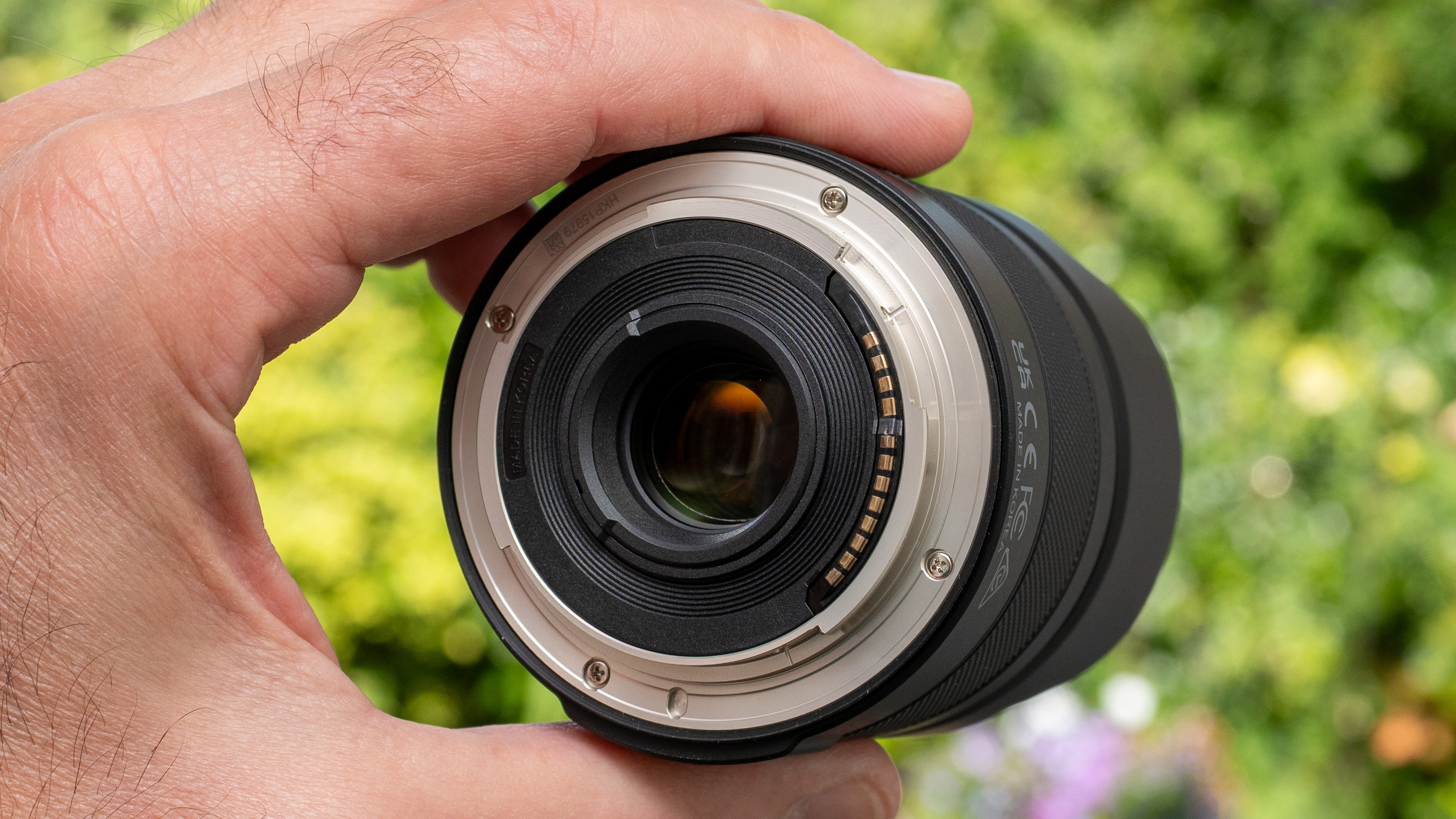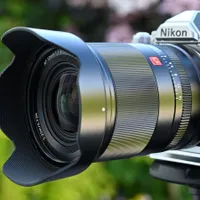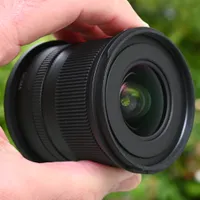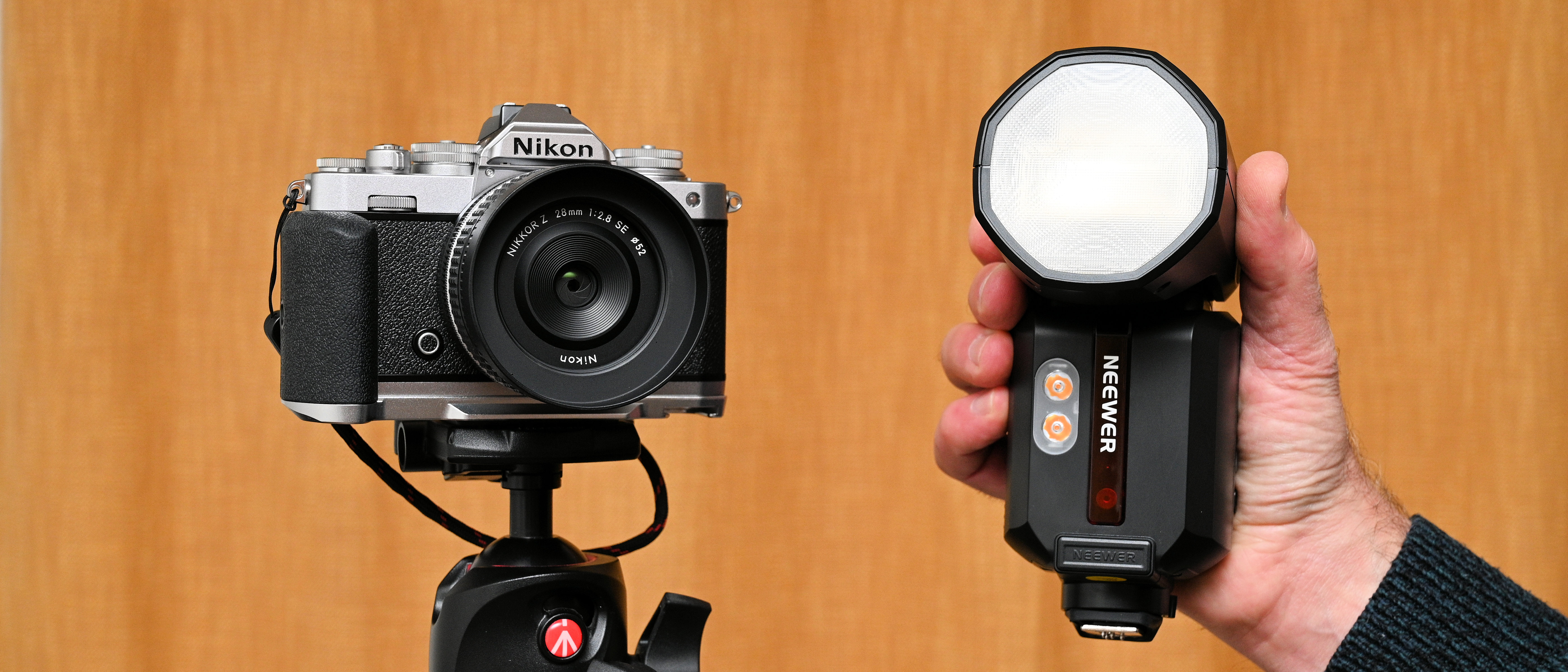Digital Camera World Verdict
I think the Samyang AF 12mm f/2 RF-S strikes a good balance between speed and size. Sure, it’s a third of an f/stop slower than an f/1.8 lens and a full f/stop slower than f/1.4 but this ultra-wide-angle prime is wonderfully compact and lightweight, making it a perfect match for slimline APS-C format mirrorless cameras, and with a growing range of mount options. It really hits the spot for landscape, cityscapes, architectural interiors and even astrophotography.
Pros
- +
Impressive image quality
- +
Compact and lightweight
- +
Solid build with weather-seals
Cons
- -
Hood isn’t reversible
- -
No aperture ring
Why you can trust Digital Camera World
Samyang is a South Korean company that was founded in 1972, and has steadily been building its business of making high-quality, competitively priced lenses ever since. Manual-focus lenses make up most of the company’s back catalog, also being sold as Rokinon in the USA, but there have been a growing range of autofocus lenses coming on stream more recently. Last year the company changed its name to LK Samyang.
The lens that I’m reviewing here is the AF 12mm f/2, which I originally saw in its Sony E mount edition, back in 2021. A Fujifilm X version has also been available and now the lens is also offered in Canon RF-S mount, to suit APS-C format Canon EOS R system mirrorless cameras. The last of these aims to be one of the best Canon wide-angle lenses on the market.
LK Samyang AF 12mm f/2 RF-S: Specifications
Mount options | Canon RF-S, Fujifilm X, Sony E |
Lens construction | 12 elements in 10 groups |
Angle of view | 96.8 degrees |
Diaphragm blades | 7 |
Minimum aperture | f/22 |
Minimum focus distance | 0.2m / 0.66ft |
Maximum magnification | 0.09x |
Filter size | 62mm |
Dimensions | 70x57mm / 2.8x2.2in |
Weight | 213g / 7.5oz |
LK Samyang AF 12mm f/2 RF-S: Price
It’s hard to compare the LK Samyang 12mm with own-brand Canon RF-S prime lenses, simply because there aren’t any yet (at least not while I'm writing this review). Naturally, you can use full-frame compatible Canon RF lenses on APS-C format EOS R system bodies. A couple of ‘prime’ candidates in terms of compact, lightweight build and budget-friendly prices are the Canon RF 50mm f/1.8 STM at $219 / £219 / AU$364 and the Canon RF 16mm f/2.8 STM, at $329 / £319 / AU$454.
The RF-S mount version of the LK Samyang 12mm doesn’t exactly look like a low-cost option at $449 / £335 / AU$604 but it’s still keenly priced for an ultra-wide-angle lens. It also comes complete with weather-seals and a hood, which are absent in both Canon lenses, hoods being sold separately.
LK Samyang AF 12mm f/2 RF-S: Design & Handling
Think ultra-wide-angle lenses and you might well be thinking of big, hefty affairs. The LK Samyang 12mm is surprisingly compact and lightweight, measuring just over a couple of inches long and weighing a mere 213g / 7.5oz. It feels a brilliant match for the likes of the similarly space-saving Canon EOS R10 that I used for testing it. Whether you’re pounding city streets, trekking into the hills or venturing further afield, the expansive viewing angle of this lens and its extreme portability make it extremely travel-friendly.
The viewing angle itself equates to 96.8 degrees, which isn’t quite as wide as the 99.1 degrees of the Sony E and Fujifilm X mount versions of the lens. That’s due to Canon’s 1.6x rather than 1.5x crop factor of its APS-C format cameras. As such, the lens has an ‘effective’ focal length of 19.2mm on Canon EOS R system APS-C cameras, whereas it’s 18mm on Sony and Fujifilm bodies. Either way, the viewing angle is a whole lot wider than a standard zoom lens can deliver at its shortest setting.
Ultra-wide-angle lenses are perennially popular for landscape and cityscape photography, as well as for real estate and architectural interiors. They’re also great for getting in really close and exaggerating perspective, and for vlogging or taking selfies when you want to put yourself in front of the camera and set the scene with an expansive background. The LK Samyang neatly ticks off all these boxes on the ‘can do’ list. Meanwhile, the f/2 aperture rating is sufficiently fast to put astrophotography within the remit of the lens, if you want to capture a starry night sky.
The best camera deals, reviews, product advice, and unmissable photography news, direct to your inbox!
For astrophotography, manual focusing is often preferred but for everything else, autofocus is generally the order of the day. This lens actually has its roots in the Samyang 12mm F2.0 NCS CS manual lens, which was launched back in 2014, but adds a linear stepping motor-based autofocus system. That’s the norm for lenses designed for mirrorless cameras, as it has the potential for fast subject acquisition and tracking when shooting stills, along with smooth and virtually silent focus transitions when shooting video. I like that even though the lens is very compact, LK Samyang has squeezed an AF/MF focus mode switch into the design. It saves hunting through camera menus to make the change.
The optical layout appears to be the same as in the original manual lens, which is no bad thing. There are 12 elements arranged in 10 groups, featuring one aspherical, one hybrid-aspherical and three ED (Extra-low Dispersion) specialist elements. The aim is to optimize sharpness and clarity while minimizing chromatic aberrations, distortion and sagittal coma, the last of these further boosting the lens’s potential for astrophotography by avoiding stars taking on irregular shapes towards the edges and corners of the image frame. LK Samyang’s ‘Ultra Multi Coating’ is applied to combat ghosting and flare.
Given the suitability of ultra-wide-angle lenses for landscape photography, I’m glad that this one has a removable hood that enables the provision of a filter attachment thread. That’s not always the case as lenses that have an even greater viewing angles often have a built-in, integral hood and no filter thread. That creates a real challenge for using the likes of neutral density graduated filters when shooting landscapes. The filter thread in this case is fairly small at 62mm, which makes filters relatively inexpensive to buy. One slight niggle is that although the petal shaped hood is removable, you can’t reverse it and fit it backwards on the lens to reduce stowage size.
LK Samyang AF 12mm f/2 RF-S: Performance
Shooting at medium aperture values, there’s very good sharpness across the whole image frame. I found that sharpness dropped off a little more at the widest available aperture of f/2, compared with the previous Sony E-mount version of the lens that I’ve reviewed. The real-world shooting results were confirmed in our lab tests. A plus point is that the short minimum focus distance of 0.2m / 0.66ft enables a fairly tight depth of field at f/2 when shooting close-ups. That gives the option of shooting small objects against an expansive blurred background for creative effect.
Barrel distortion is very well controlled, much more so than in very many modern lenses designed for mirrorless cameras. Indeed, the Canon RF 16mm f/2.8 STM which gives a broadly similar perspective on full-frame cameras can’t be used without automatic in-camera correction. That’s typical of many Canon RF and RF-S lenses, as well as those from other manufacturers.
While distortion is fairly minimal, I did find that color fringing was quite noticeable towards the edges and corners of the image frame. As with distortion and vignetting (or peripheral illumination) automatic in-camera correction is available which eliminates any fringing.
LK Samyang AF 12mm f/2 RF-S: Sample Images
The following gallery of sample images was shot on a sunny morning at the Bristol Floating Harbour in the south west of England, pairing the lens with a Canon EOS R10 camera body.
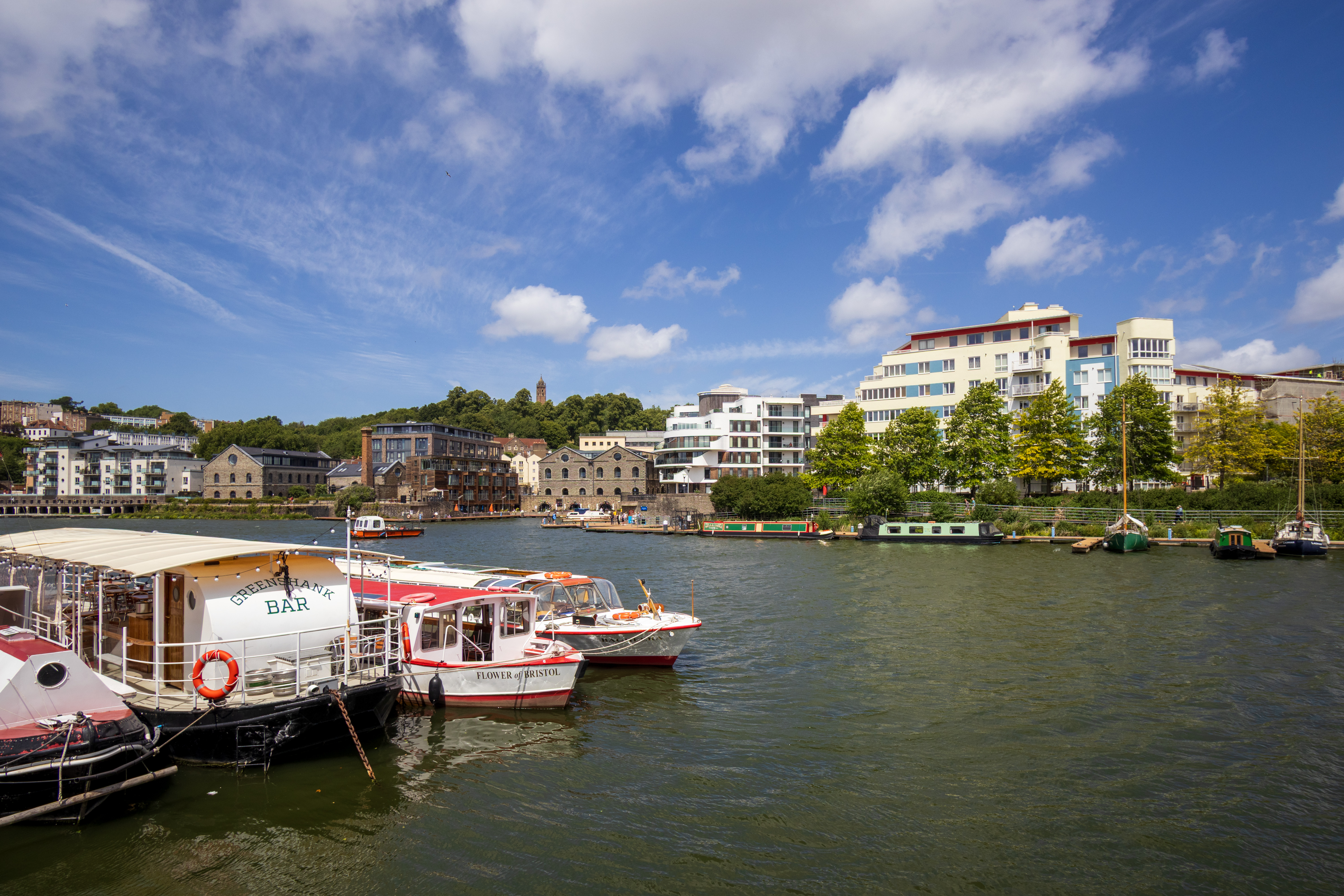
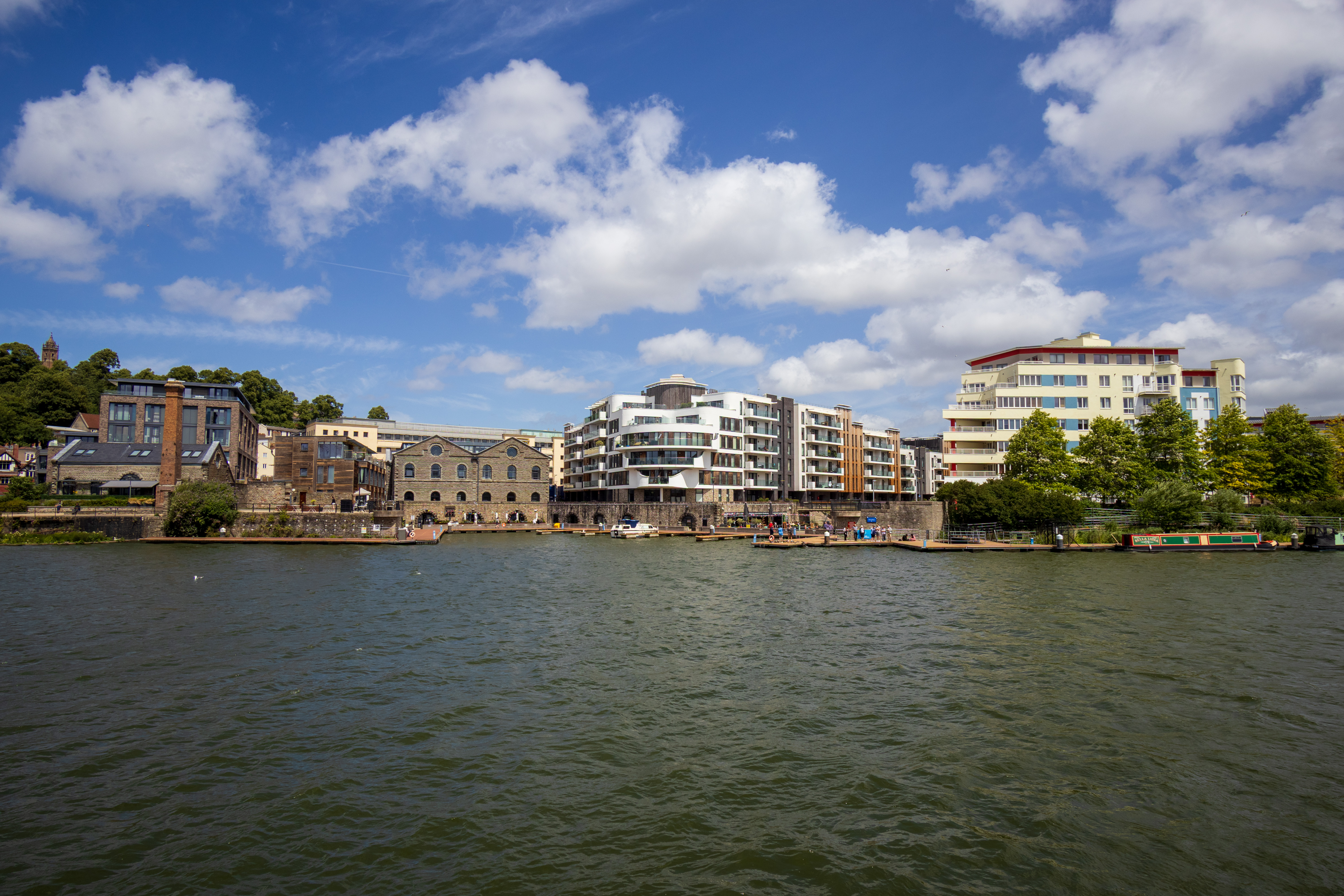



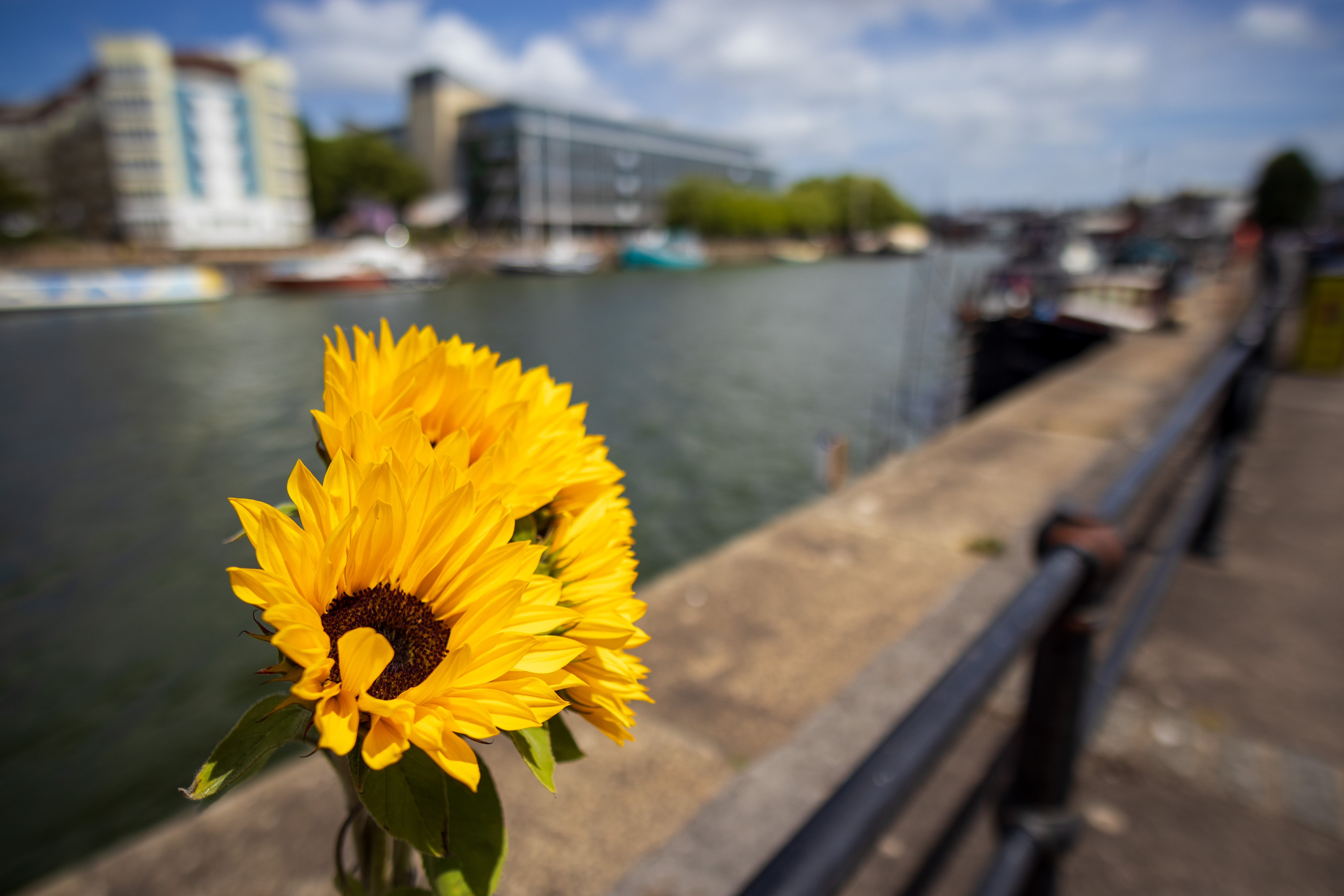
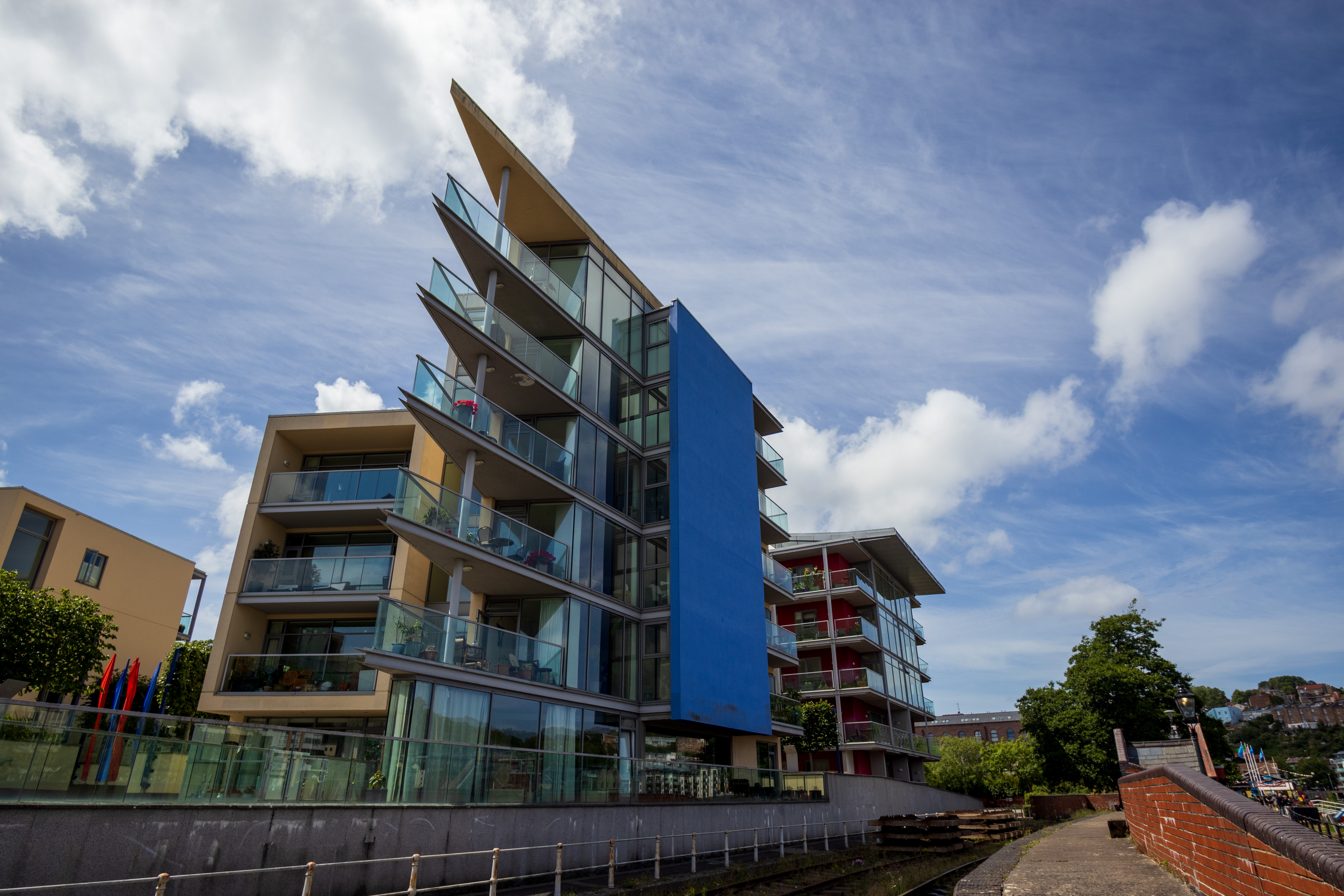
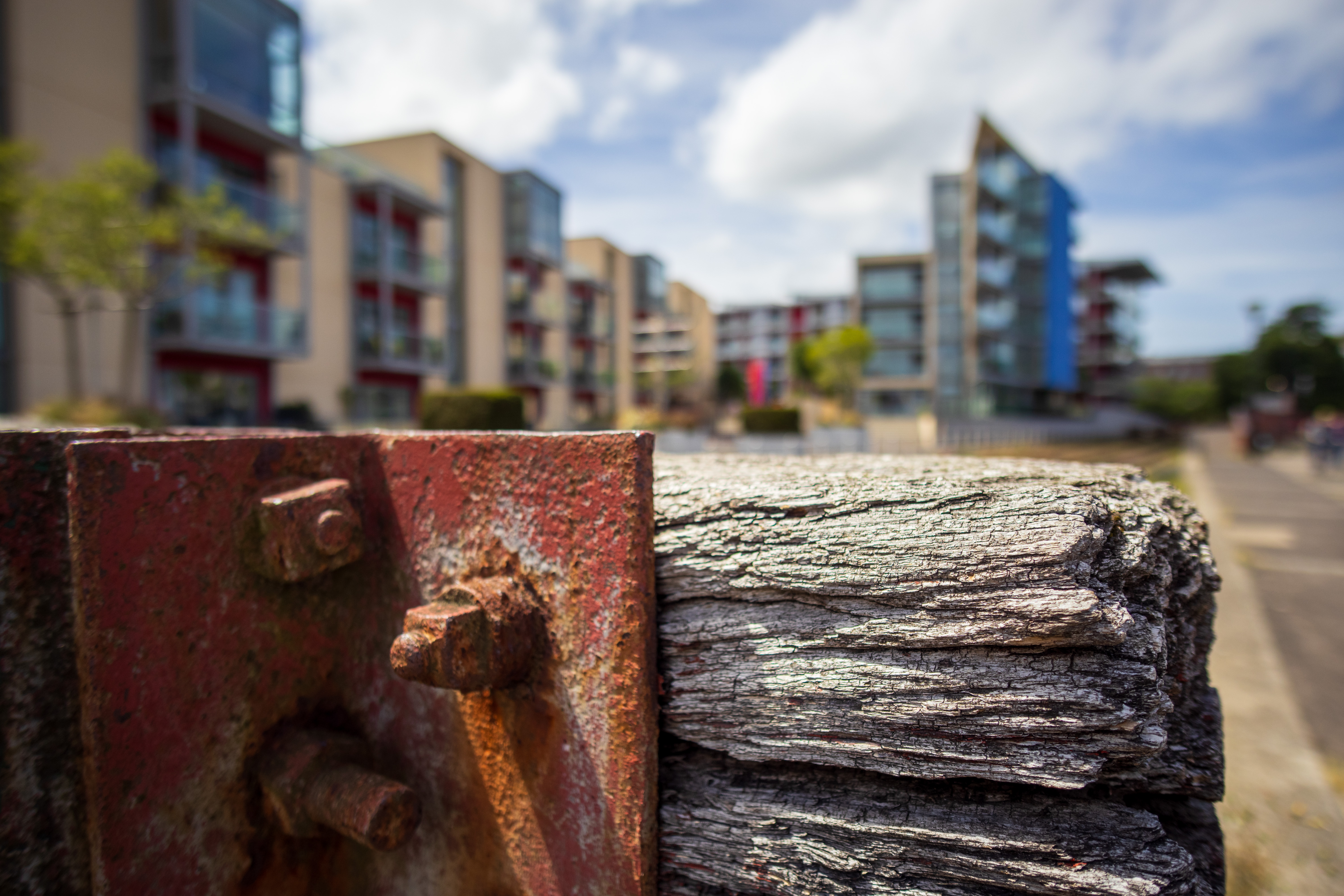
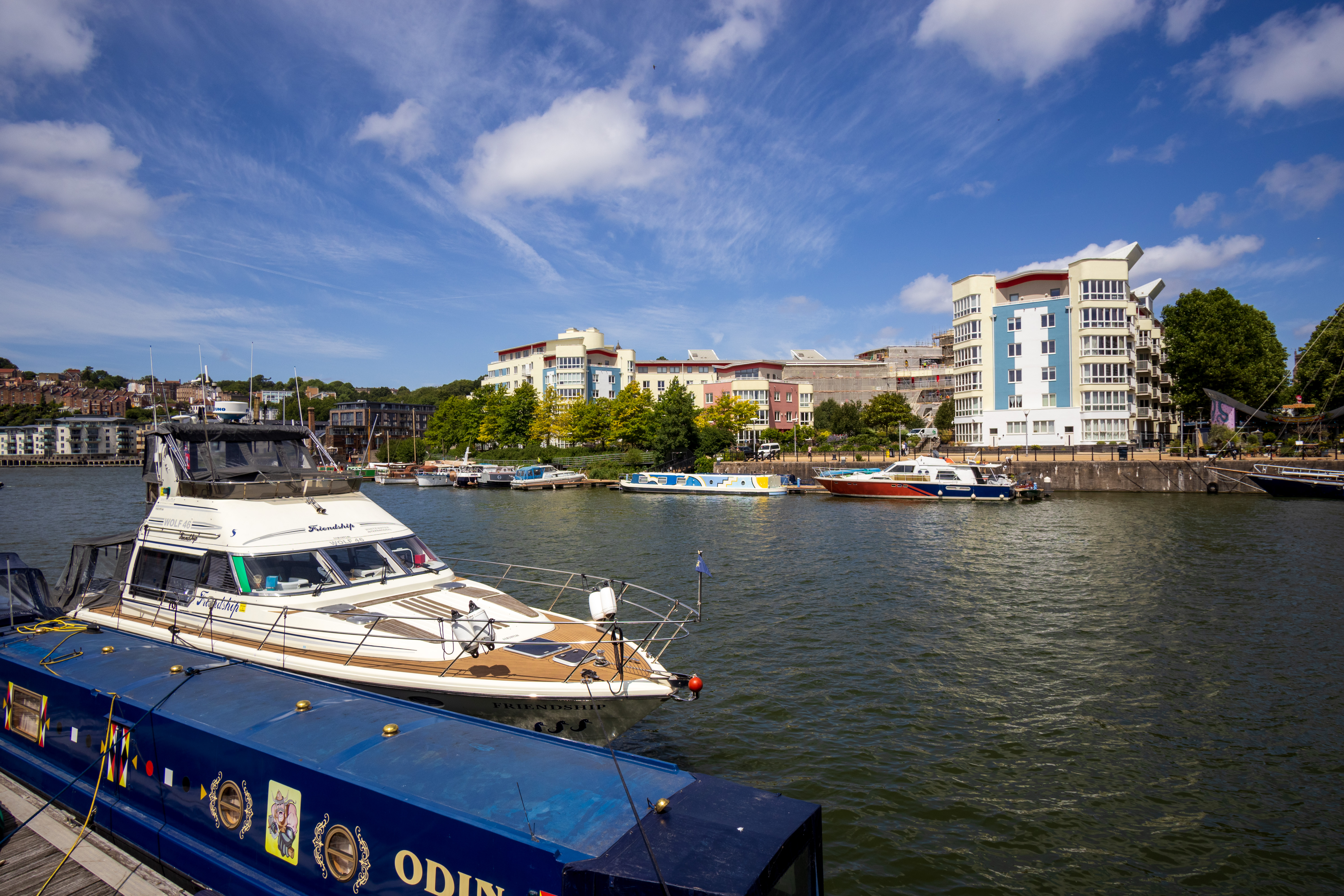




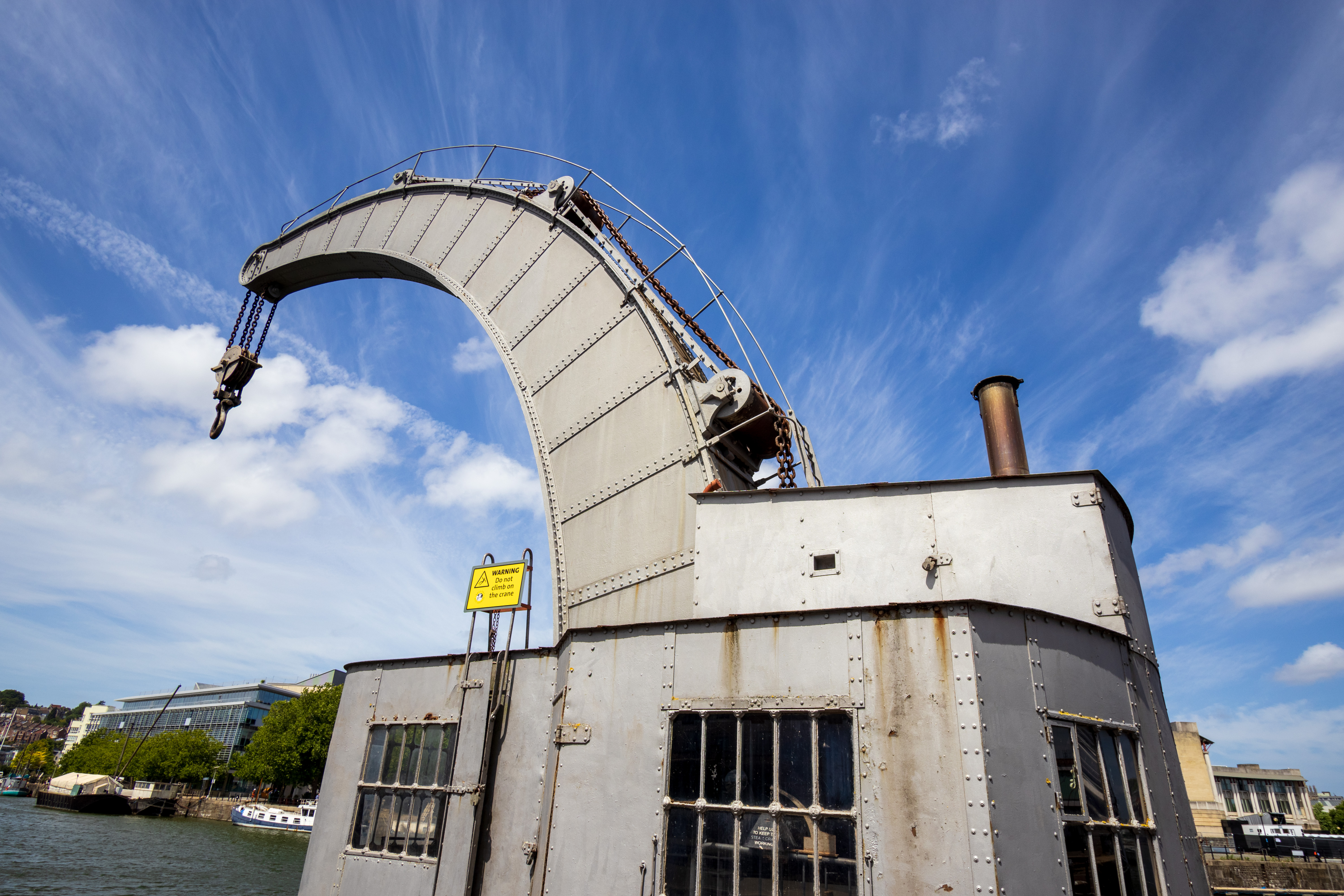

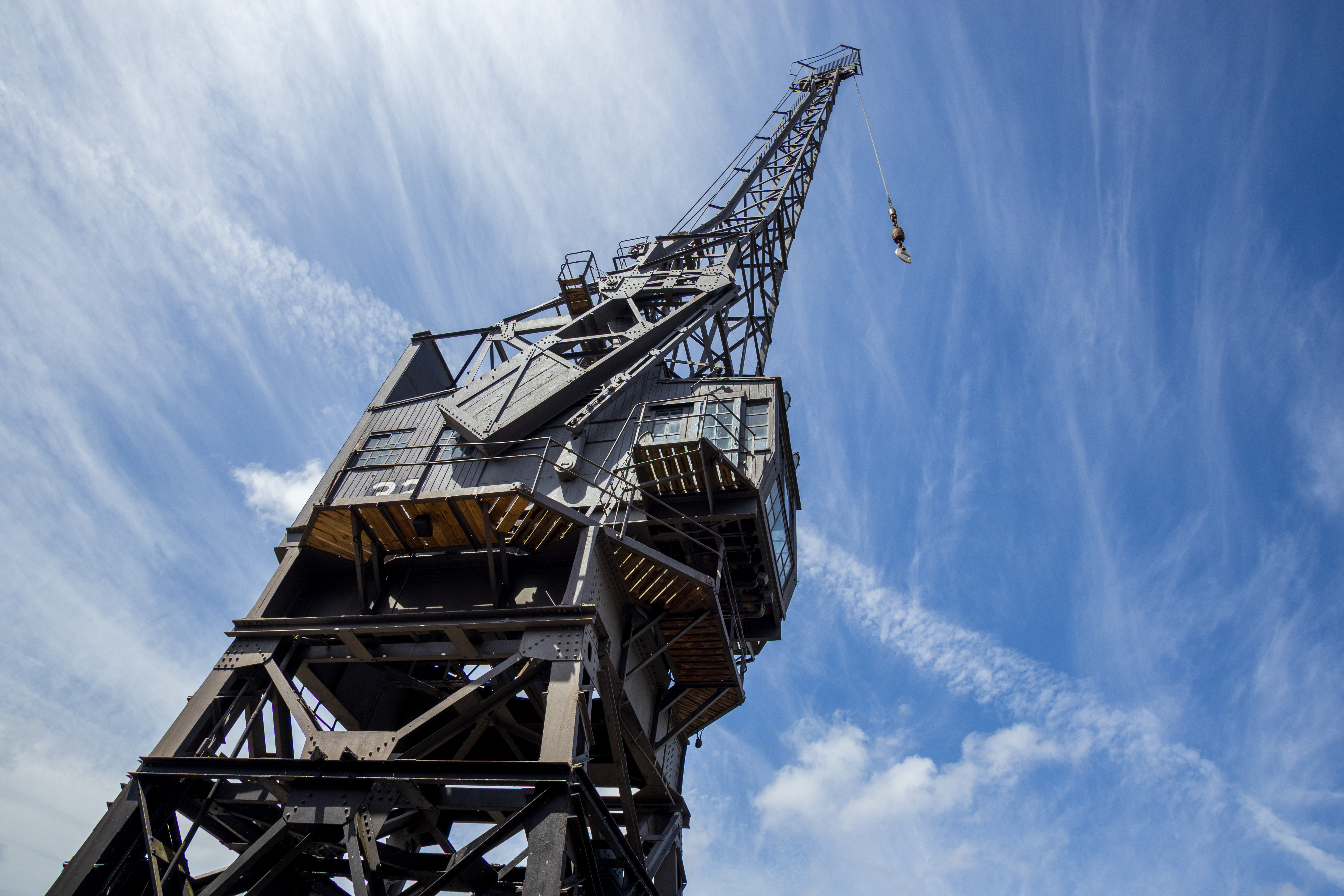
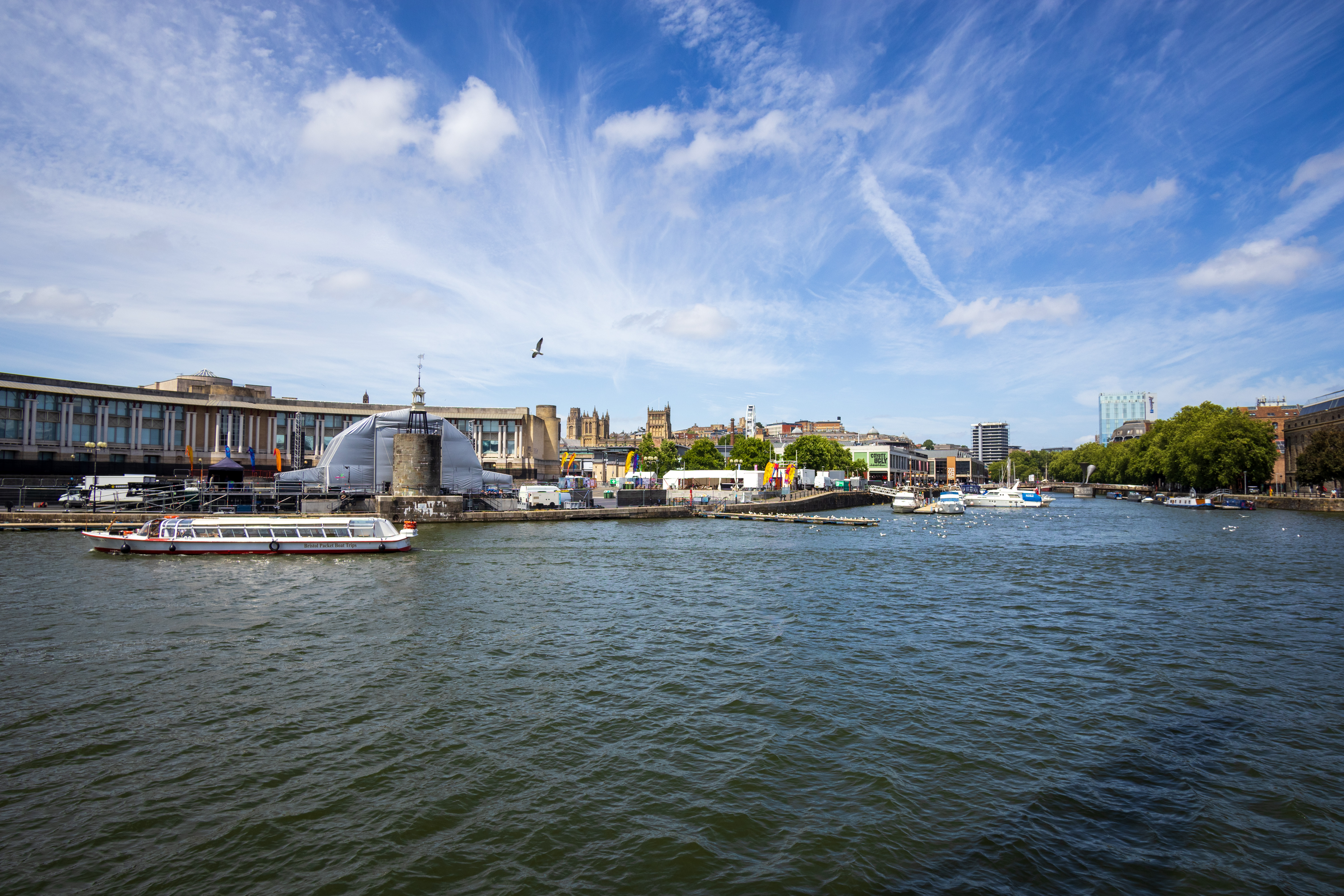


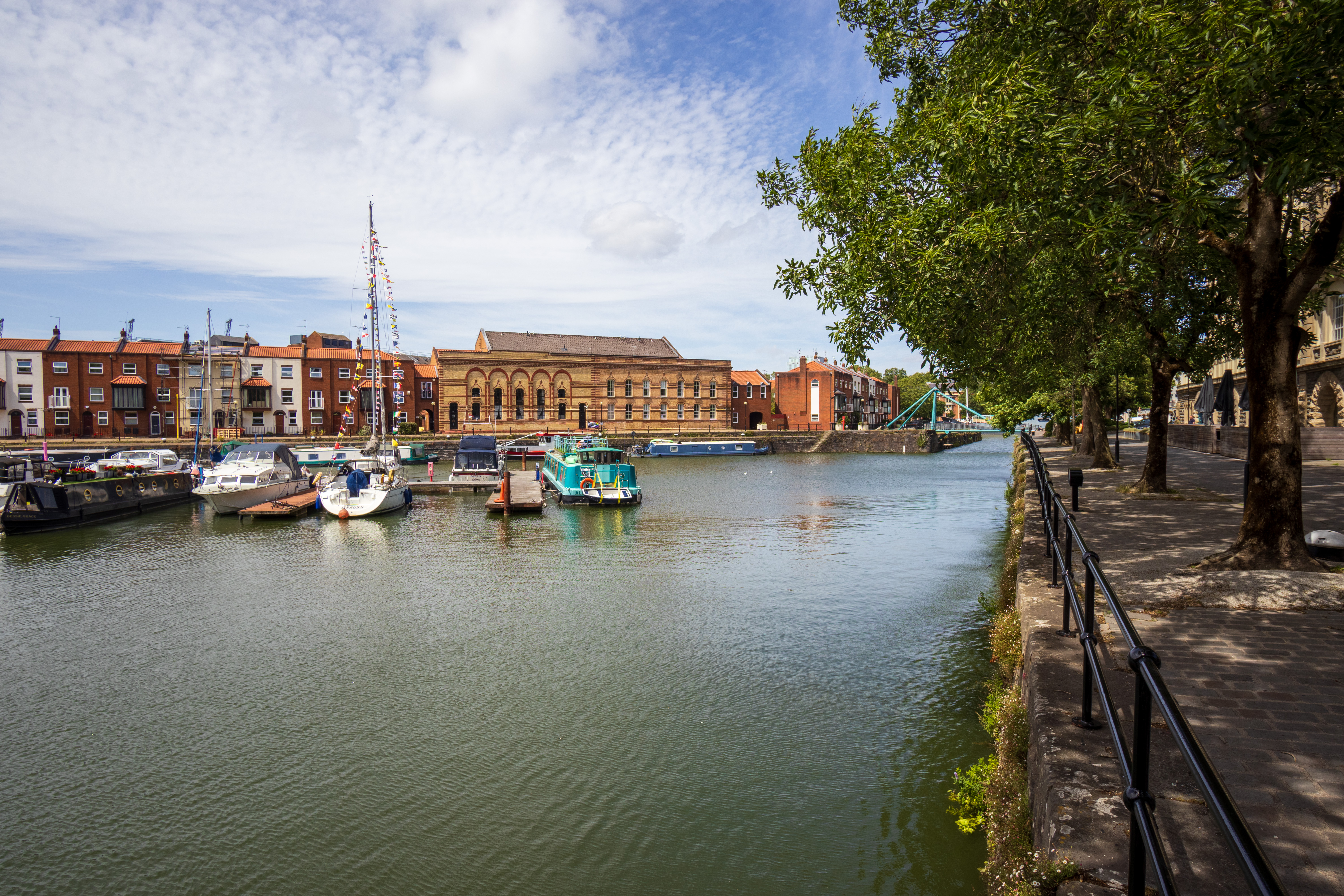
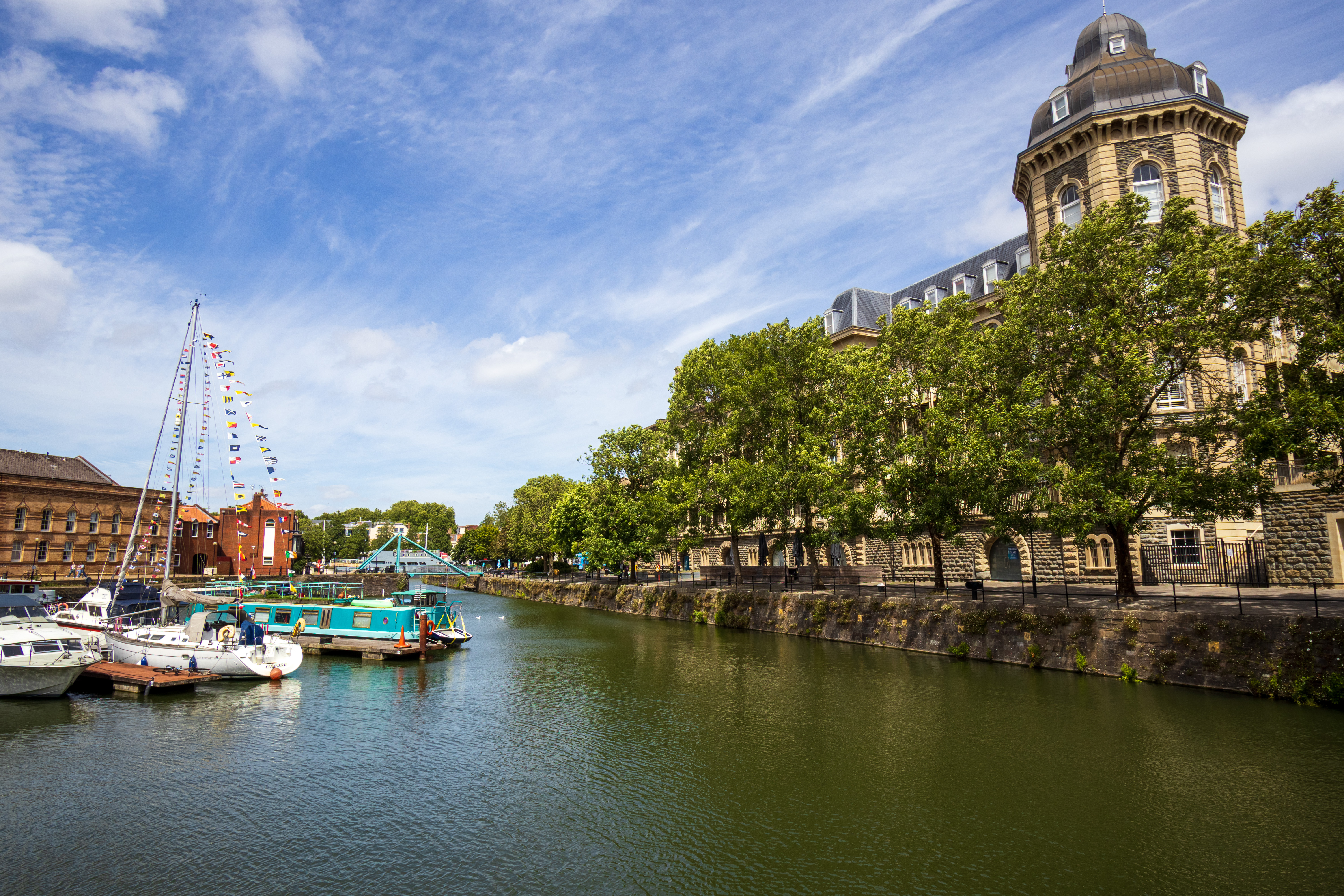

LK Samyang AF 12mm f/2 RF-S: Lab Results
We run a range of lab tests under controlled conditions, using the Imatest Master testing suite. Photos of test charts are taken across the range of apertures and zooms (where available), then analyzed for sharpness, distortion and chromatic aberrations.
We use Imatest SFR (spatial frequency response) charts and analysis software to plot lens resolution at the center of the image frame, corners and mid-point distances, across the range of aperture settings and, with zoom lenses, at four different focal lengths. The tests also measure distortion and color fringing (chromatic aberration).
Sharpness:
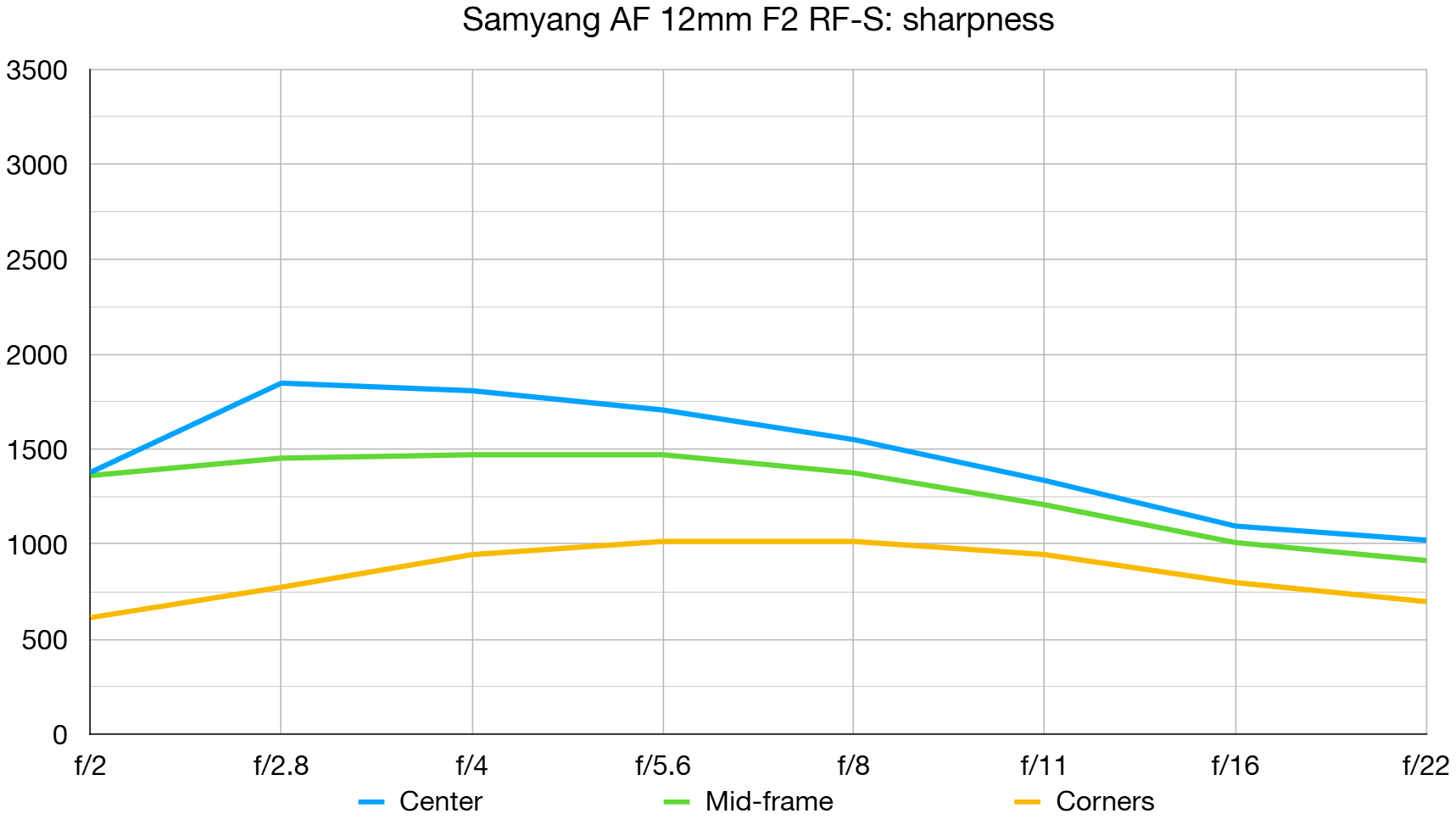
In our lab tests, we noticed that sharpness dropped off at the widest aperture of f/2 a little more than with the Sony E-mount version of the lens. Even so, center-sharpness is still pretty good at f/2, and very good in the aperture range between f/2.8 and f/8. Apertures of f/5.6 and f/8 deliver the best edge/corner-sharpness.
Fringing:
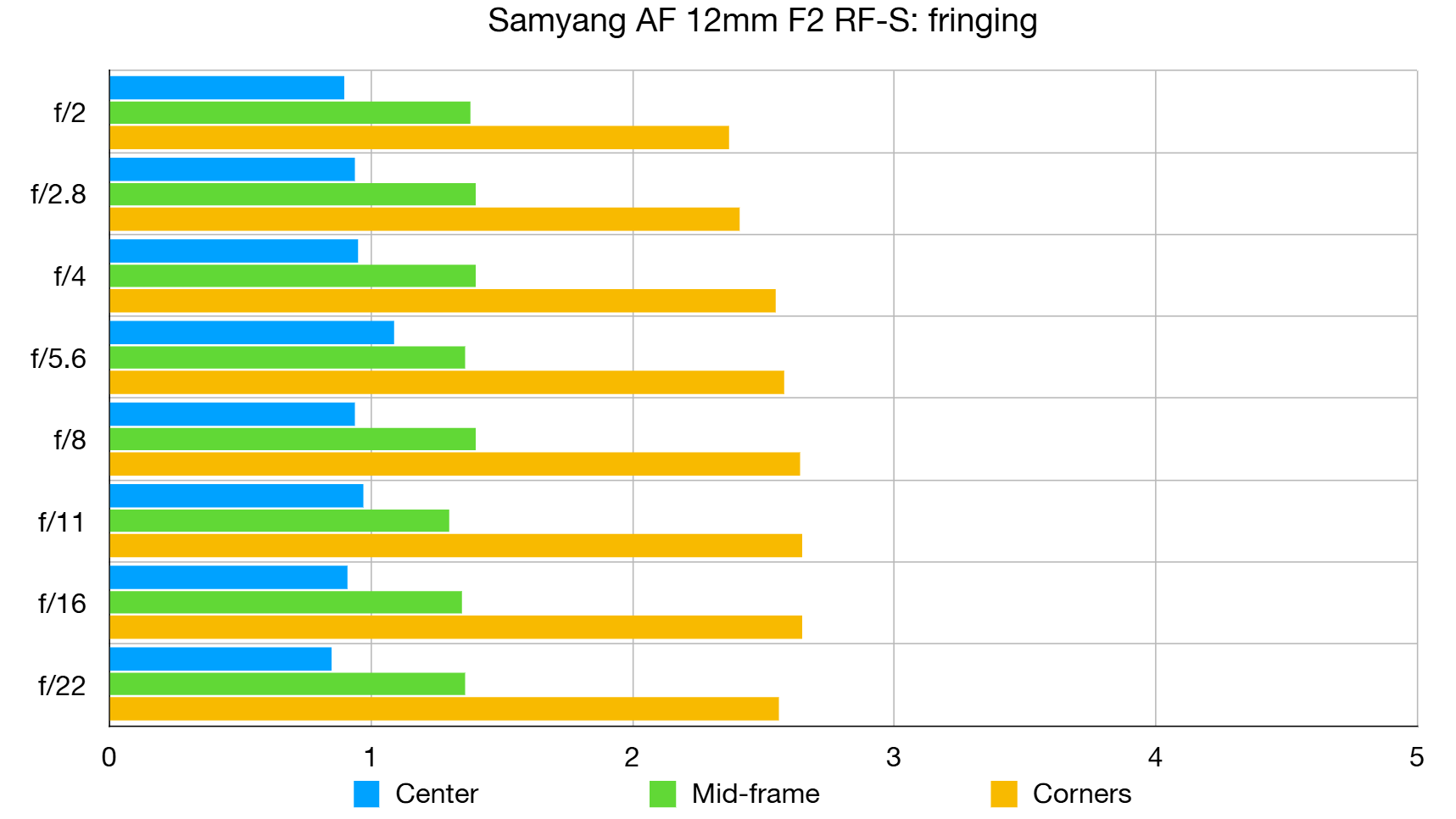
Color fringing can be quite noticeable around high-contrast transitions towards the edges and corners of the image frame, like dark tree branches against a bright sky. Automatic in-camera correction eliminates the problem.
Distortion: -1.55
There’s remarkably little optical distortion for a modern lens designed for mirrorless cameras, especially taking the ultra-wide-angle focal length and compact build of the lens into account. As with color fringing, in-camera correction is able to give a complete fix.
LK Samyang AF 12mm f/2 RF-S: Verdict
I think there’s a lot to be said for shooting with an ultra-wide-angle prime lens. It’s great for street photography, travel, landscapes, architectural interiors and astrophotography, to name but a few genres. This LK Samyang gives an ‘effective’ focal length of approximately 20mm in full-frame terms, when mounted on a Canon APS-C format EOS R system camera. To my mind, that gives an expansive viewing angle without going overboard. I like the speedy and consistent autofocus, the short minimum focus distance and the super compact and lightweight yet weather-resistant build of the lens. Image quality is very pleasing with very good sharpness and clarity, along with impressive resistance to ghosting and flare. All in all, it’s a very tempting proposition for any APS-C format Canon EOS R system camera, as well as for Sony E and Fujifilm X bodies in its alternative mount options.
Features ★★★★☆ | Useful features include stepping motor autofocus, a focus mode switch, removable hood and filter attachment thread. |
Design ★★★★★ | The lens is remarkably compact and lightweight for one with such an expansive viewing angle, and includes multiple weather-seals. |
Performance ★★★★☆ | Sharpness could be a little better at the widest aperture of f/2 and uncorrected color fringing can be noticeable, but overall performance is really pleasing. |
Value ★★★★☆ | It’s very good value for money at the price, considering the build quality and performance. |
Alternatives
The Viltrox AF 13mm f/1.4 is an f/stop faster than the LK Samyang but rather larger and heavier. It’s competitively priced and is available in Fujifilm X, Nikon Z and Sony E mount options, but not in Canon RF-S.
Matthew Richards is a photographer and journalist who has spent years using and reviewing all manner of photo gear. He is Digital Camera World's principal lens reviewer – and has tested more primes and zooms than most people have had hot dinners!
His expertise with equipment doesn’t end there, though. He is also an encyclopedia when it comes to all manner of cameras, camera holsters and bags, flashguns, tripods and heads, printers, papers and inks, and just about anything imaging-related.
In an earlier life he was a broadcast engineer at the BBC, as well as a former editor of PC Guide.
You must confirm your public display name before commenting
Please logout and then login again, you will then be prompted to enter your display name.
